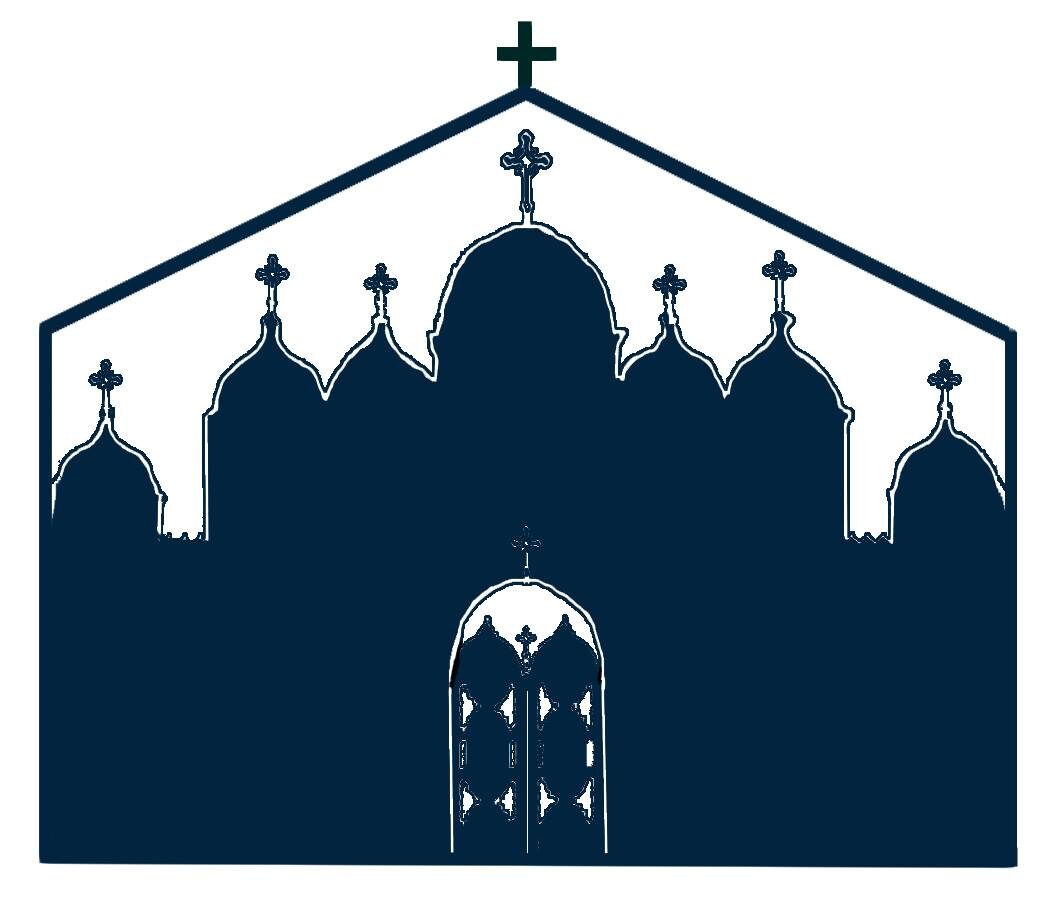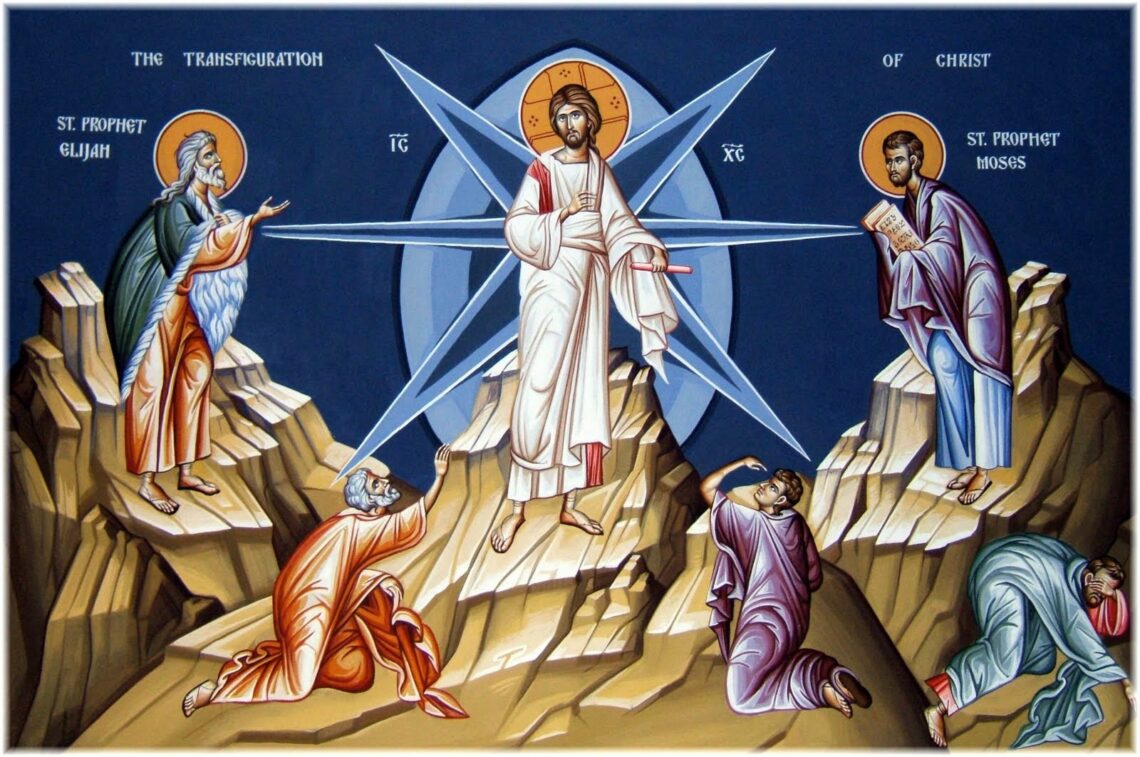Matthew 17:1-9, August 17, 2025, Osaka Church
In the name of the Father, the Son, and the Holy Spirit
We have a deeply rooted assumption about human nature. Unfortunately, it is not that “humans are good.” Quite the opposite. We see deep-rooted evil in human history, in our current society, in our neighbors, and, above all, in ourselves. We believe that humans are in a state of “war of all against all,” as one philosopher put it, single-mindedly pursuing their own interests and satisfaction. We have come to respect ethics and morality merely as a means to prevent the clash of egoism and ultimately the loss of each individual.
And while we may ask if this assumption is unfounded; unfortunately, it is in fact true. The Old Testament mercilessly exposes the reality of human evil.
But even so, it remains merely an assumption.
What Jesus did could be seen as an attempt to overturn such assumptions.
One day, Jesus took three of his disciples and climbed a high mountain. When they reached the top, Jesus’ appearance suddenly changed; “His face shone like the sun, and his clothes became shining white” (Matthew 17:2). The disciples were enveloped in a shining cloud and heard the words of God the Father proclaim to them that Christ is the Son of God. It all happened in an instant. The Lord returned to his usual form and commanded his disciples, “Do not be afraid, only tell no one about this until I am raised from the dead” (17:9).
Soon, Jesus would be crucified. This wonderful teacher, who spoke words filled with love, hope, and wisdom, who performed many miracles to save the suffering, feed the hungry, and raise the dead, whom his disciples had confessed to be the Son of the living God, was crushed, utterly powerless. Jesus had foreseen this. At that moment, to prevent the disciples from falling back into the same mistaken belief that nothing had changed in the world, that nothing had changed about people, that evil was the only reality, the Lord gave them a glimpse of his true splendor, which would soon be revealed in his resurrection. Whatever happens, do not despair. Engrave in your heart what you have seen today.
The Lord, who thus revealed his true self to prepare his disciples for trials, also grants us the same experience as his disciples. Unfortunately, like the disciples, we fail to grasp its meaning and are eventually crushed by the trials that befall us in our daily lives. The same splendor that blessed the disciples on that high mountain is engraved in our minds and bodies during the midnight Easter feast, amid the surging joy of worship, where light shines amidst the darkness. The same joy overflows in our weekly Eucharist. Just as Peter, upon witnessing the Transfiguration, blurted out, “Lord, it is wonderful for us to be here,” I sincerely wish to remain in this joy, in this light, forever.
This joy, this desire, is proof that we all bear within us the image of God, the likeness of God that God has given us to be. It is proof that we are all beings who should shine with God’s splendor. It is also a preview of the splendor of the Kingdom of God, in which those who persevere on the path to God will eventually be accepted.
We must not think, “This is all humans are.” It is true that we cannot change ourselves by our own power. But God can. We experience this truth, that “God can”, in the Eucharist. After all… the bread and wine are transformed into the Lord’s body and blood, right?
By receiving that body and blood, we too can be changed. The light that permeates this Divine Liturgy bears witness that it is only in God’s grace that we can be transformed to be worthy of the light of the Lord’s Transfiguration.
And so we descend the mountain with the disciples, to bear our crosses with the Lord in the midst of the oppressive realities of daily life, with the certainty that beyond that cross awaits the Kingdom of God, where the splendor of this Divine Liturgy will never be extinguished.

